Hi there, Friends! Last week I decided to tackle fractions on a number line. I’ll admit it… I was a bit nervous planning for the week! I mean having taught third for many years, I know that students usually have a hard time making the connection between fractions and number lines. I also understand the importance of mastering this concept. Kiddos that don’t really “get it”, end up having a difficult time when we get to measurement… especially when it comes to using a ruler to measure to the nearest half inch or quarter inch. So how do we make sure our students don’t fall into the “I Don’t Get It Group?”
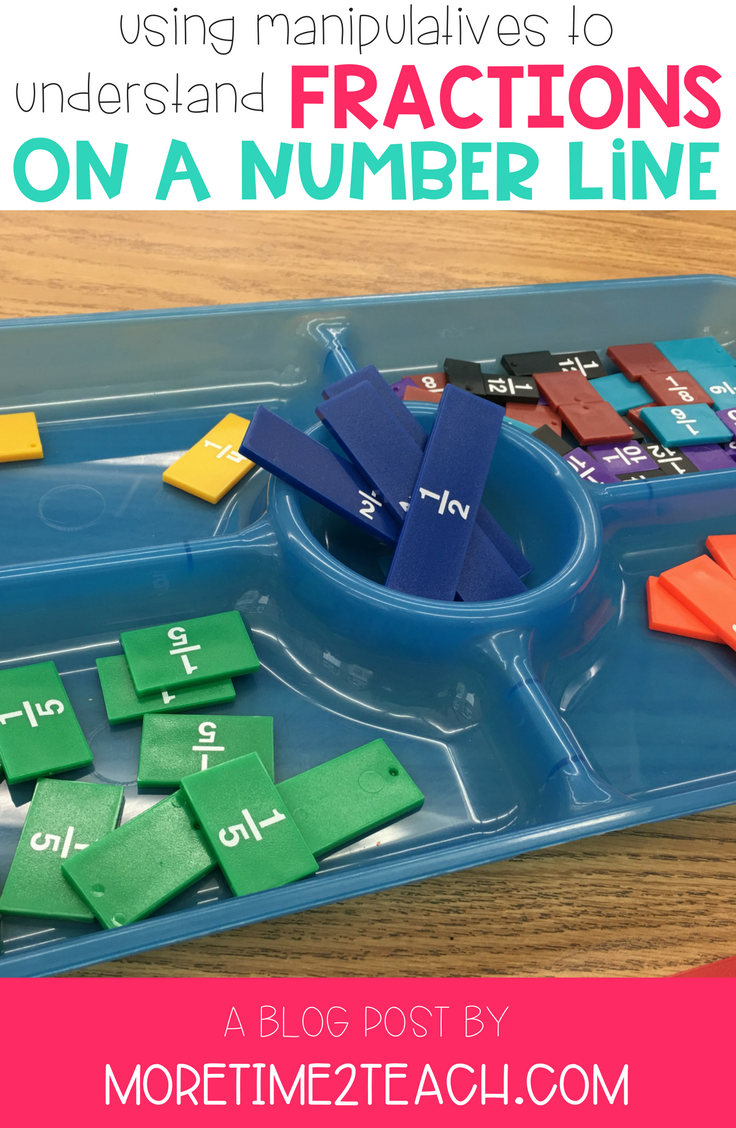
To make sure that all my students were able to make the connection between fractions and number lines, I took out my fraction bars or fraction strips. I wanted to make sure they understood 2 important concepts. The first, was that the distance between the numbers 0 and 1 is equal to a whole. (This is the easy part… The kids usually get it!) The second, and trickier step, is that the lengths between the ticks, mark the fractional parts. (This is where you’ll get a few deer in head light looks )Take a look below to see what I’m talking about.
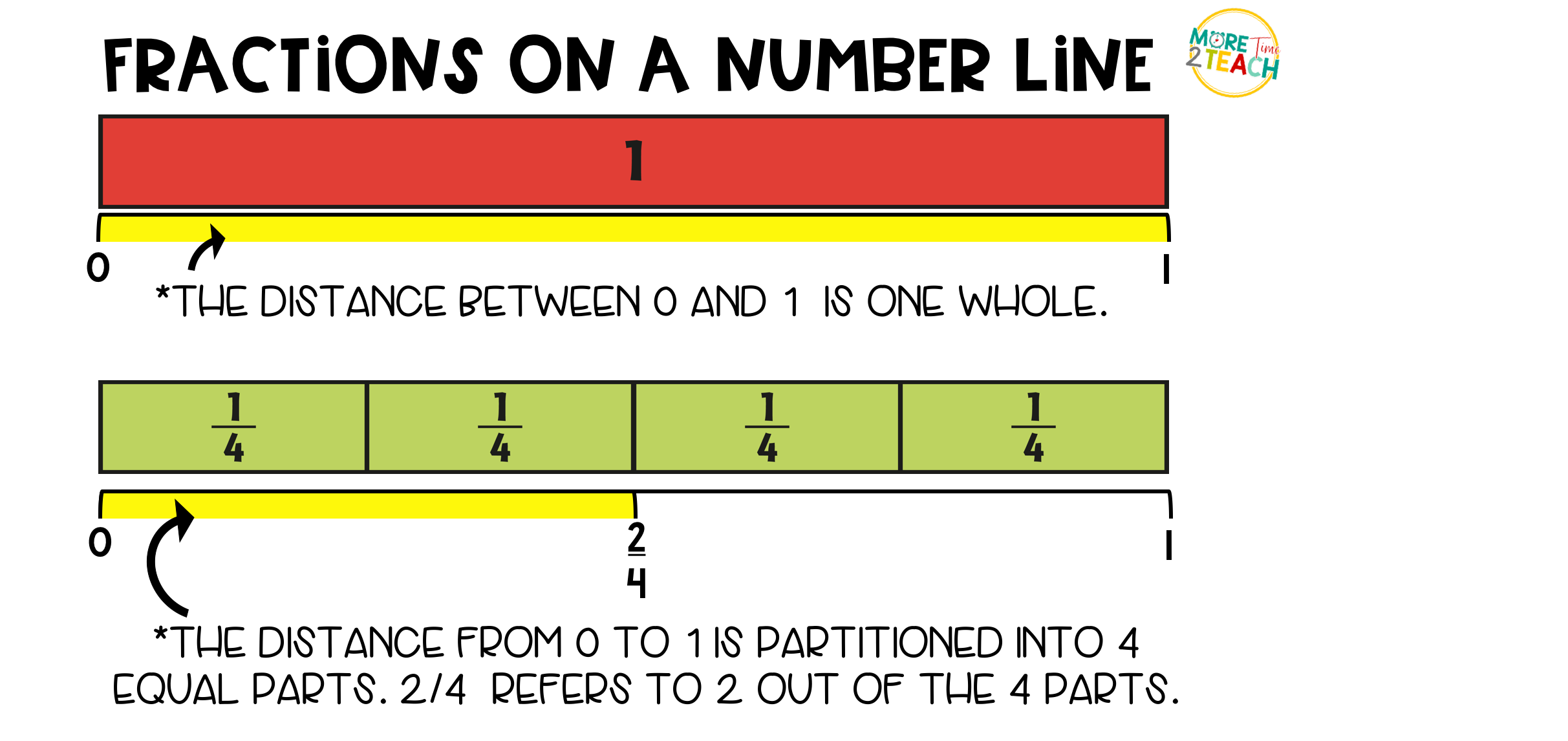
To help my students make the connection between fractions and number lines I provided them with plenty of practice using fractions bars. Being able to touch, see, and move around parts of a whole makes fractions so much easier to grasp.
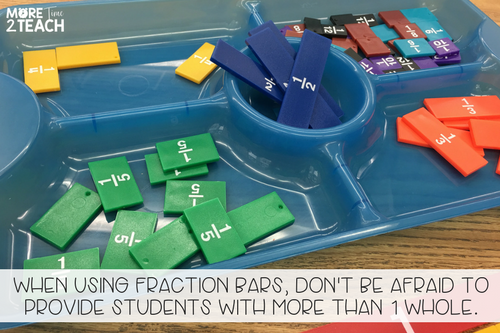
I asked them to show me various fractions such as how many fourths equal a whole. Next, I would ask them to draw a number line underneath their fraction bars. We discussed how the 1 stands for 4/4 or 1 whole. Drawing that number line underneath the fraction bars was really starting to make things clearer for them. They were now starting to see that the ticks on the number line referred to a certain number of pieces out of the whole.
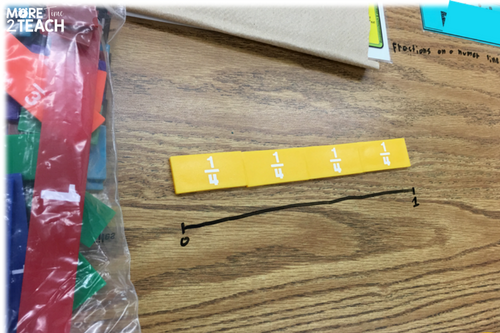
Next, we practiced adding “tick marks” to our number line to mark the fractional parts. If our whole is made up of thirds we labeled 1/3, 2/3, etc… I like to have my students count out loud as they label each part. The repetition of hearing 1/4, 2/4, 3/4, 4/4 especially help those that take a little longer to make the connection.
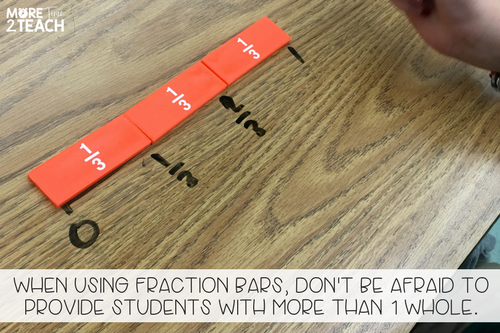
After we practiced labeling a few number lines, I introduced the concept of “points” on a number line. We also discussed how each point could be represented by a different letter.
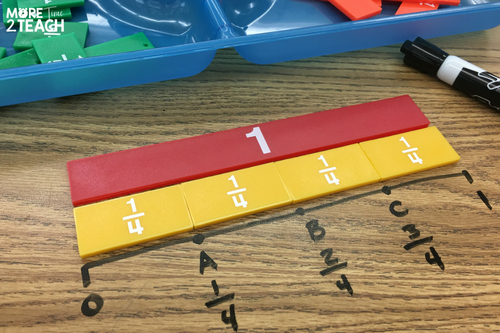
Finally, when I started to see them creating their own number lines, labeling them correctly, and answering
questions, I exposed them to fractions greater than one. It was so easy for them to see the connection especially with the help of the fraction bars. This just goes to prove that 3rd graders are not too old to use manipulatives. As a matter of fact, I have found that the minute I whip them out, I get my students undivided attention.

By spending a little time practicing with fraction strips, your students will be ready for measurement in no time!

Do you like to use fraction bars too or would you rather teach this lesson without any manipulatives? I’d love to hear your thoughts…
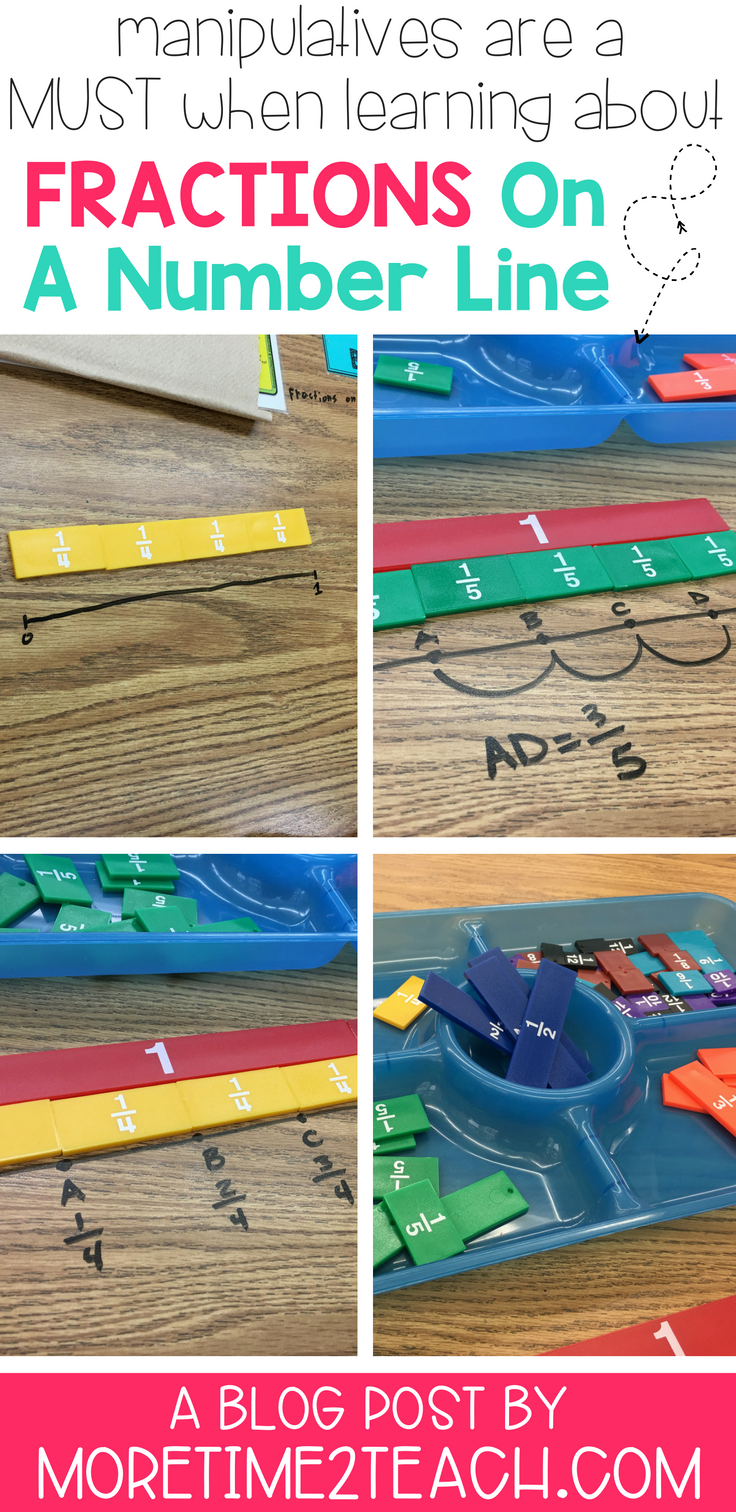
Pin the image above to be able to save this post and come back to it later…

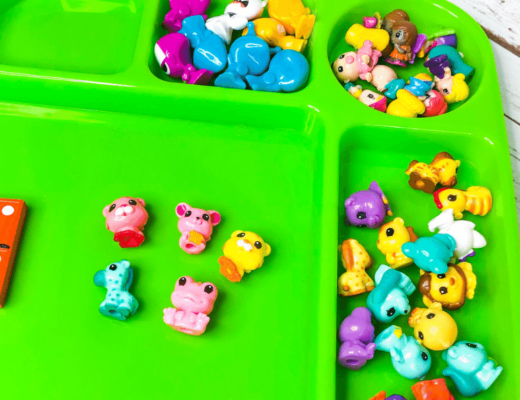
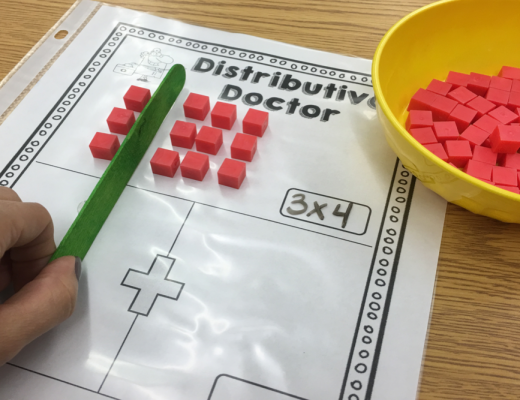
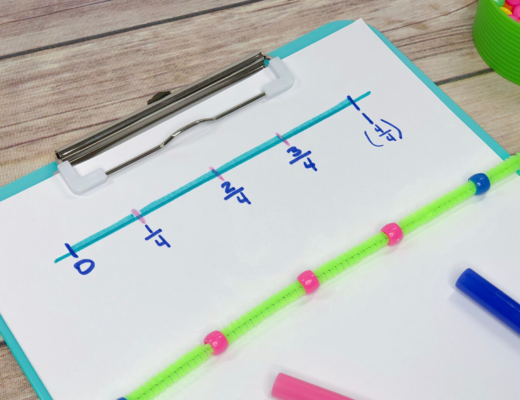
2 Comments
Savannah
April 21, 2019 at 5:02 pmGreat post! It’s my first year teaching third grade and using manipulatives has been super helpful. My students have been using paper fraction bars, but wondering where you got your plastic ones?
Melissa
May 14, 2019 at 8:34 pmCongrats and welcome to 3rd grade :0)
Yes, manipulatives are great! Especially when introducing a new concept… The fraction bars we use actually came with our textbook series, but I’ve seen them even on Amazon. I used the paper ones for many years. I just like the plastic ones because they’re more durable and more exact than when my students fold them or cut them up.